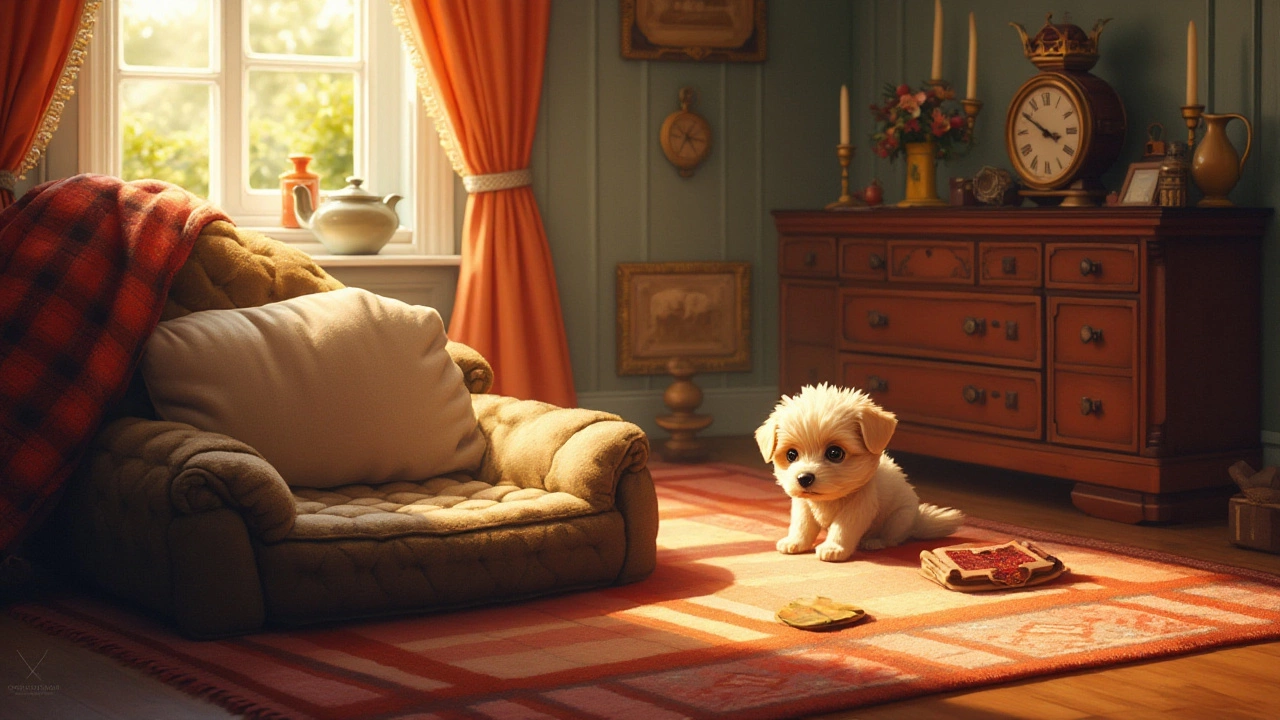New Puppy Care: What Every First‑Time Owner Needs to Know
Bringing a puppy home is exciting, but it can also feel overwhelming. You’ll wonder about food, sleep, potty, and when it’s safe to let them roam. The good news is you don’t need a pet‑care degree to raise a happy, healthy pup. Below are the must‑do steps that cover feeding, crate training, vaccinations, chewing toys, and safe free‑roaming.
Feeding and Nutrition Basics
Start with a high‑quality puppy food that matches your pup’s breed size and age. Look for named protein sources (like chicken or lamb) and avoid vague terms like "meat meal". Feed three to four small meals a day until they’re about six months old, then transition to two meals. Keep fresh water handy and monitor weight – a healthy puppy should have a visible waist when you look from above.
Crate Training and Nighttime Comfort
Crate training gives your puppy a safe den and helps with house‑breaking. Choose a crate that lets your pup stand, turn, and lie down comfortably. Place a soft blanket inside and avoid putting a pee pad in the crate for the first few weeks – it encourages them to hold it until you’re ready to let them out. Take them out first thing in the morning, after meals, and before bedtime. Consistency is key; a quick, calm “go potty” cue works better than scolding.
Vaccinations and Health Checks
Vaccines protect your pup from serious diseases. The core shots – distemper, parvovirus, adenovirus, and rabies – start at 6‑8 weeks and repeat every 3‑4 weeks until 16 weeks old. Schedule a vet visit for a wellness exam where you can discuss deworming, flea prevention, and microchipping. Keep a small notebook of dates, reactions, and any side effects; it makes future appointments smoother.
Biting, Chewing, and Toy Selection
Puppies explore the world with their mouths, so provide safe chew toys early. Rubber toys, rope knots, and frozen carrots work well for teething. Avoid hard bones that can split teeth. If you catch biting on hands, redirect to a toy and say a firm “no”. Consistent redirection helps them learn what’s appropriate to chew and reduces unwanted nipping.
When Can Your Puppy Free‑Roam?
Most experts say wait until the puppy is 4‑6 months old and fully vaccinated before letting them roam unsupervised indoors. Start with short, leashed “explore” sessions inside the house, gradually increasing the area as they learn house rules. Keep dangerous items out of reach – cords, poisonous plants, and small objects they could swallow. Supervised free‑roam builds confidence and reinforces training without risking accidents.
Remember, every puppy is unique. Adjust feeding portions, crate size, and playtime based on your dog’s energy and breed. If something feels off, a quick call to the vet can save a lot of worry later. With these basics in place, you’ll enjoy watching your new furry friend grow into a well‑behaved companion.
Need more specific advice? Check out our detailed posts on puppy crate training, vaccination schedules, and safe chew toys – they dive deeper into each topic and give step‑by‑step checklists.
Surviving the First 48 Hours with Your New Puppy
Bringing home a new puppy can be both exciting and overwhelming, but with the right preparation, you can ease the transition for both you and your furry friend. This guide provides essential information and practical tips for navigating the first 48 hours with a new puppy, including setting up their space, understanding their needs, and establishing a routine. Learn how to handle common challenges like sleep disruption, feeding schedules, and puppy-proofing your home. By following these steps, you can ensure a smoother adjustment period and start building a loving bond with your canine companion from day one.
